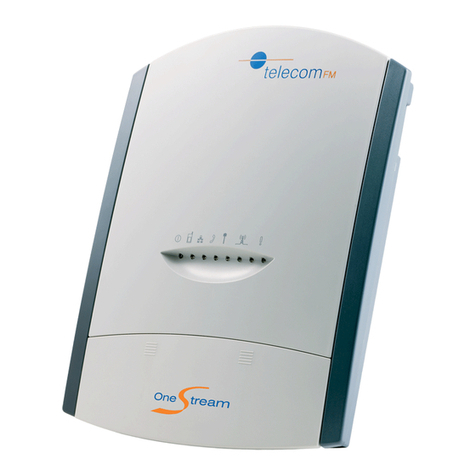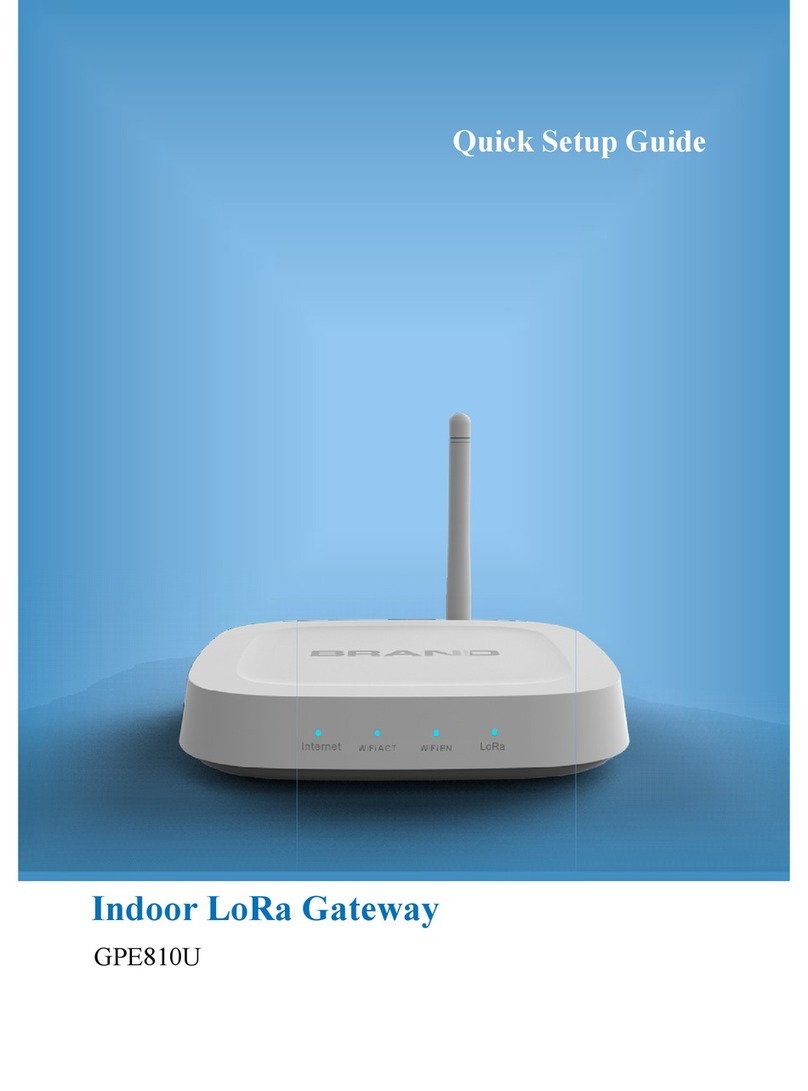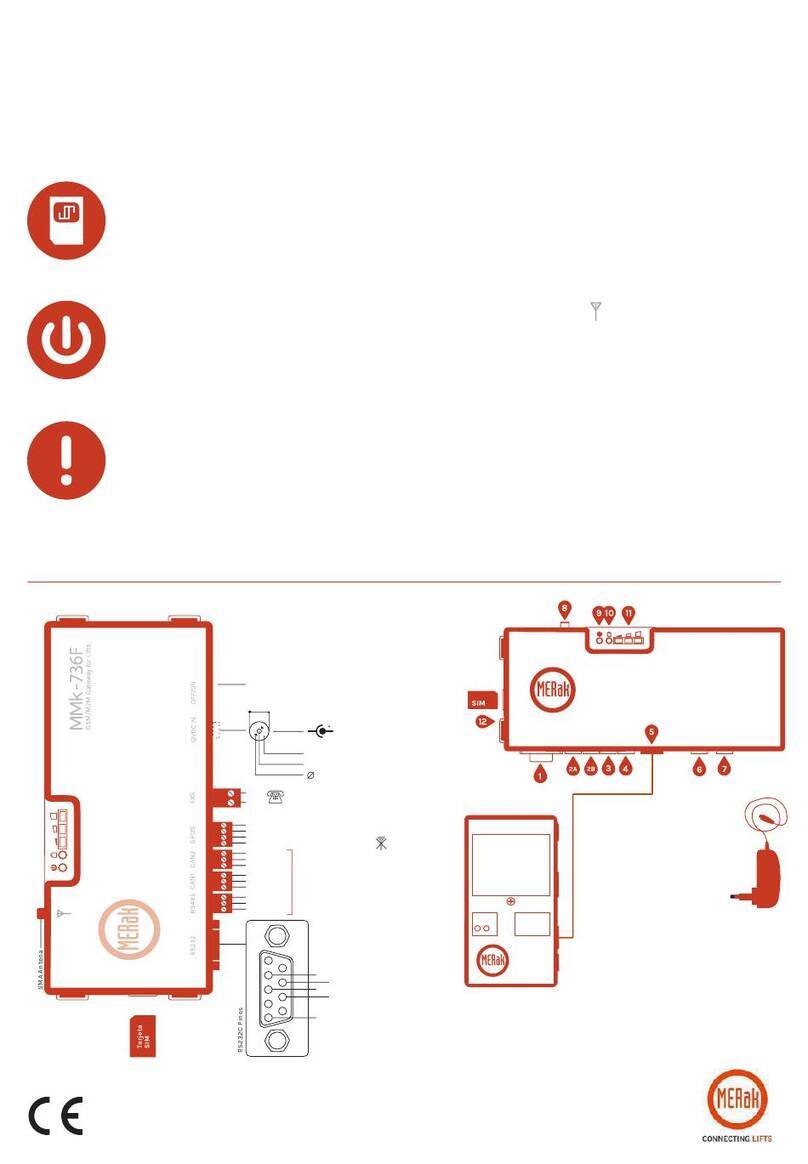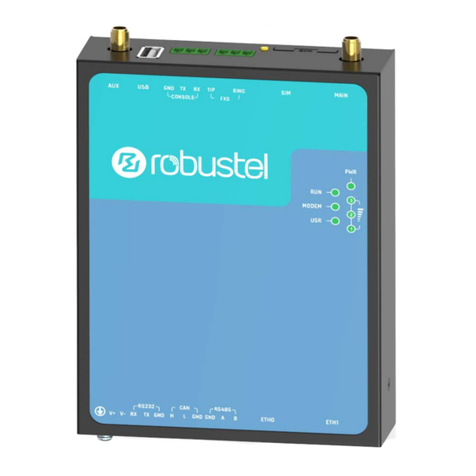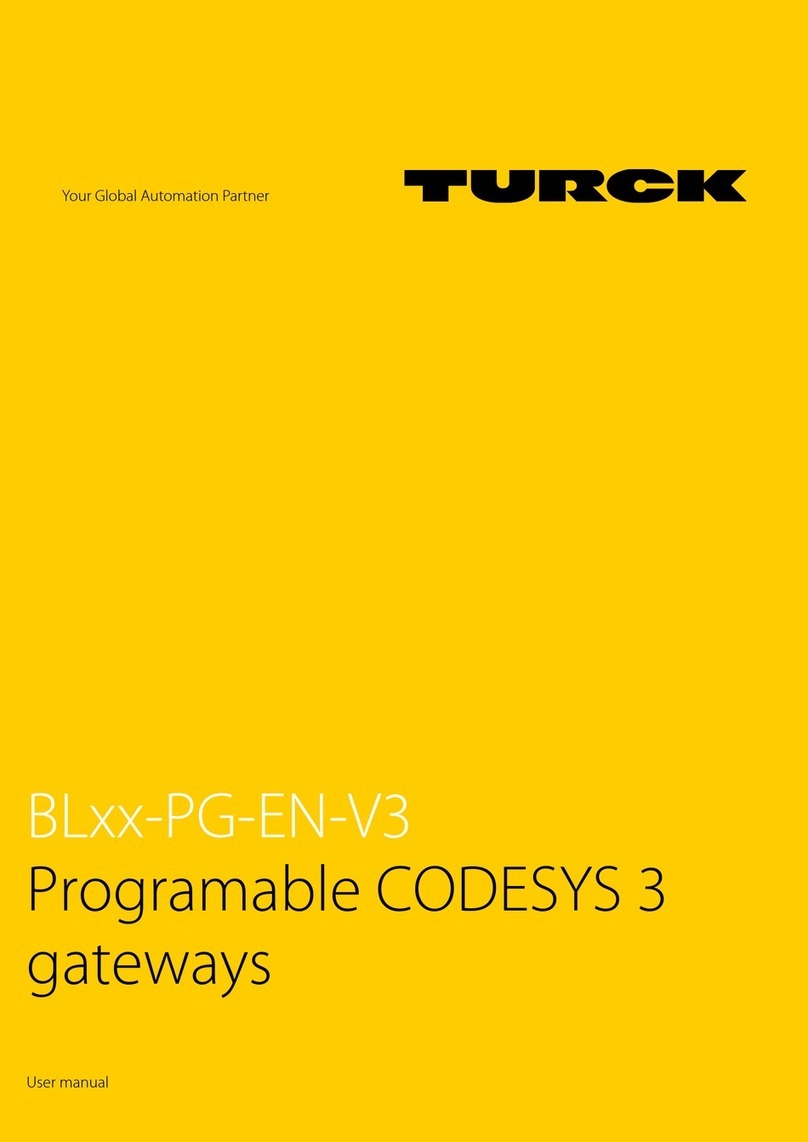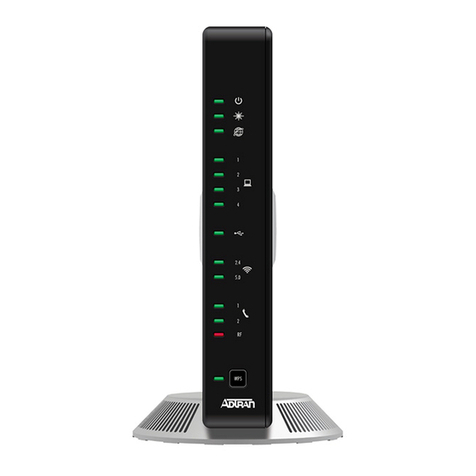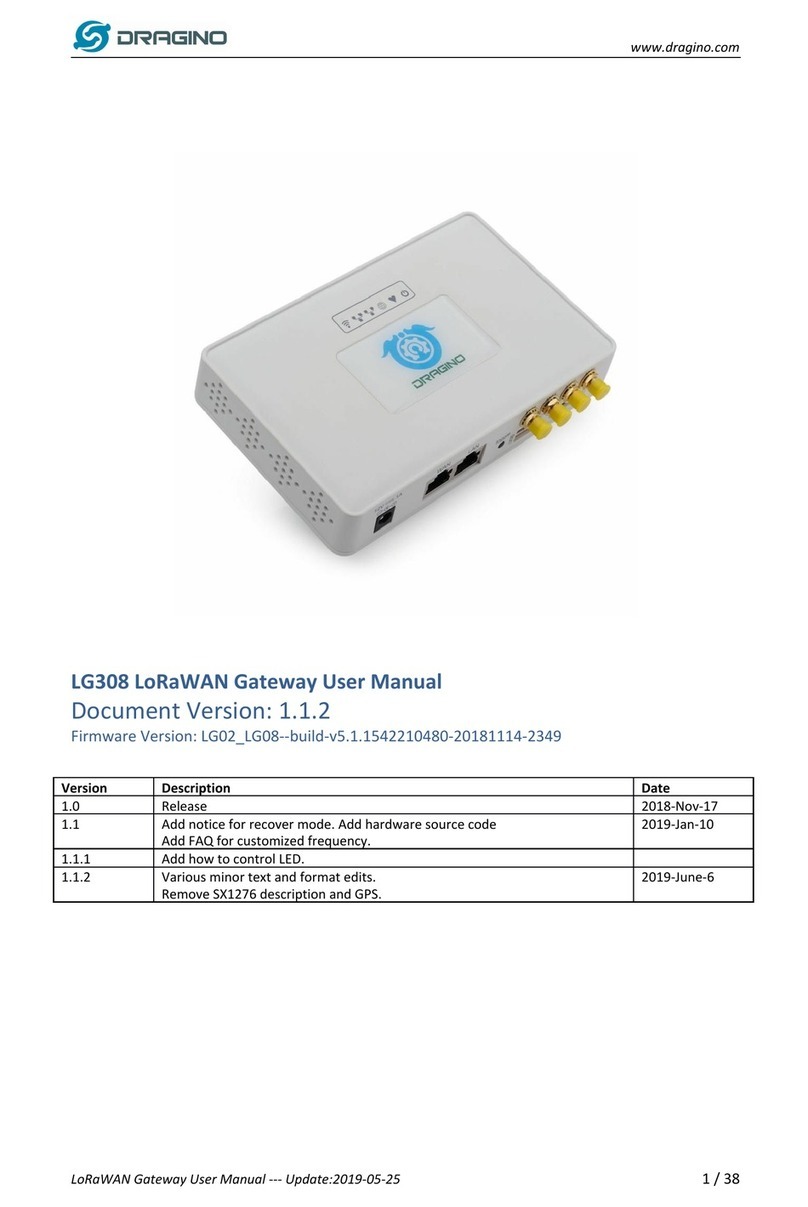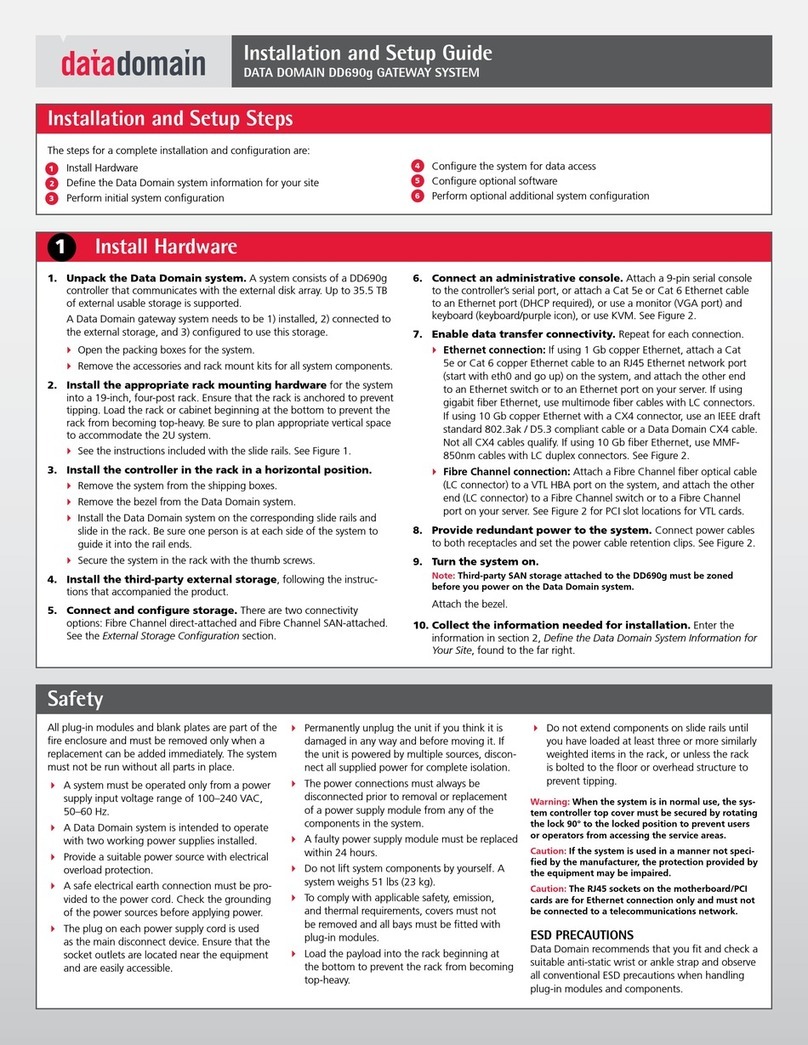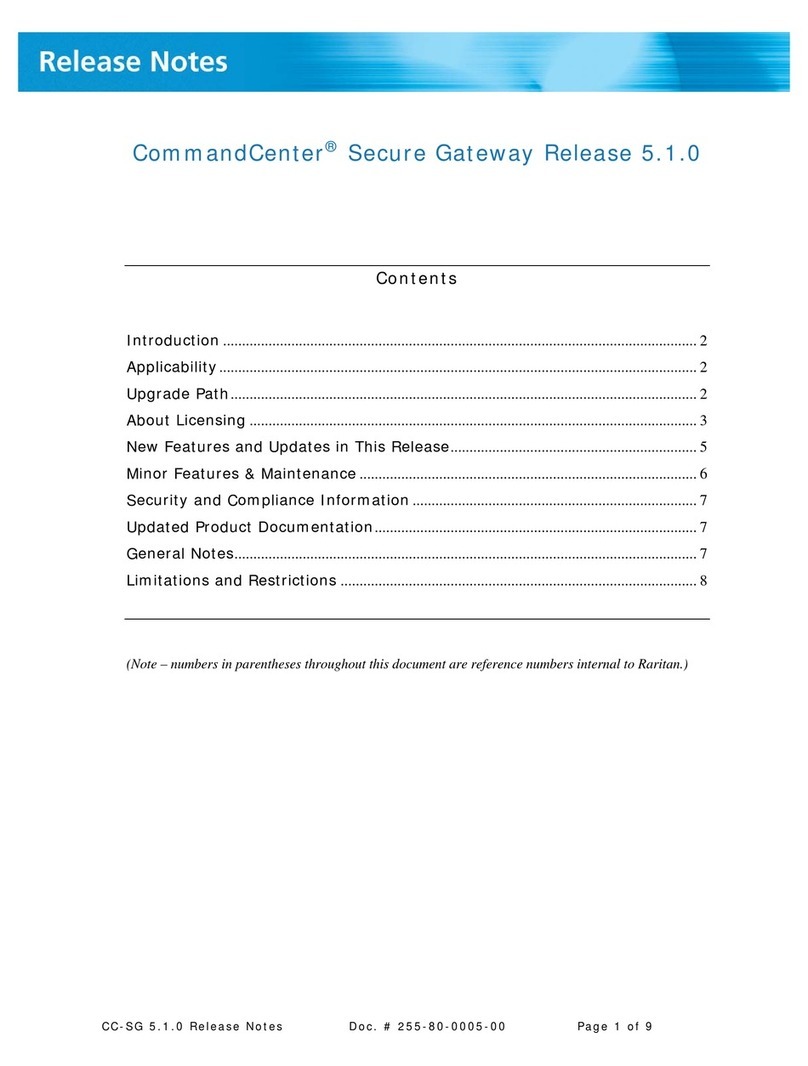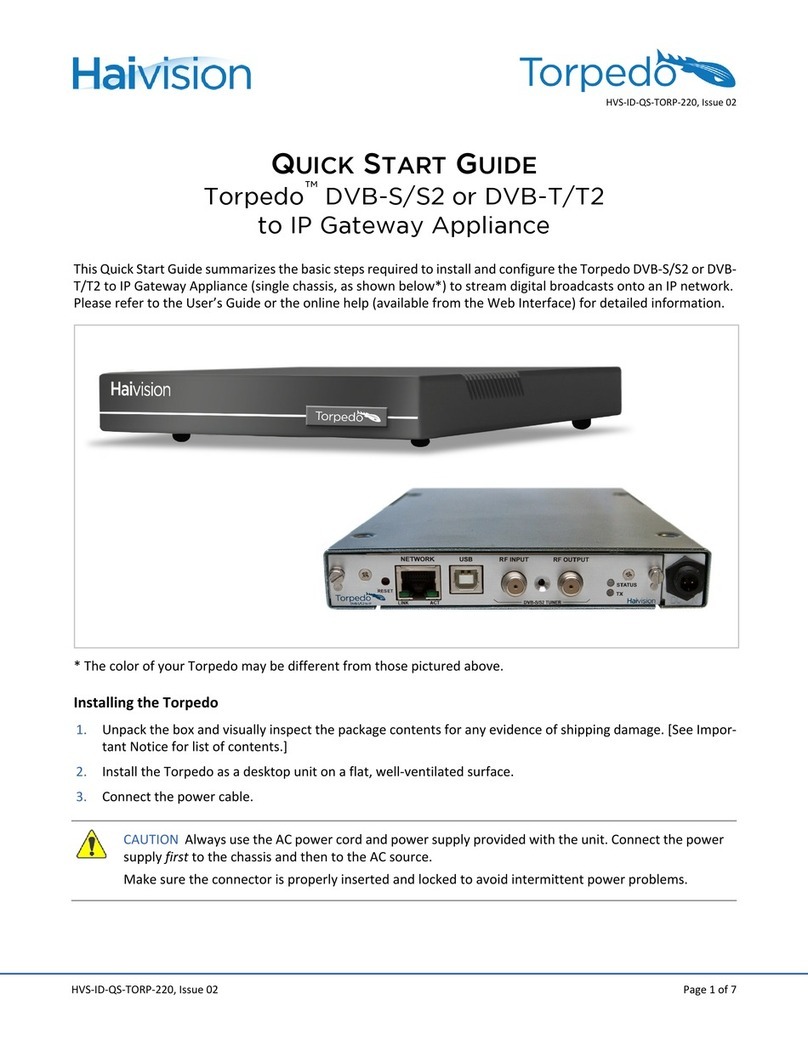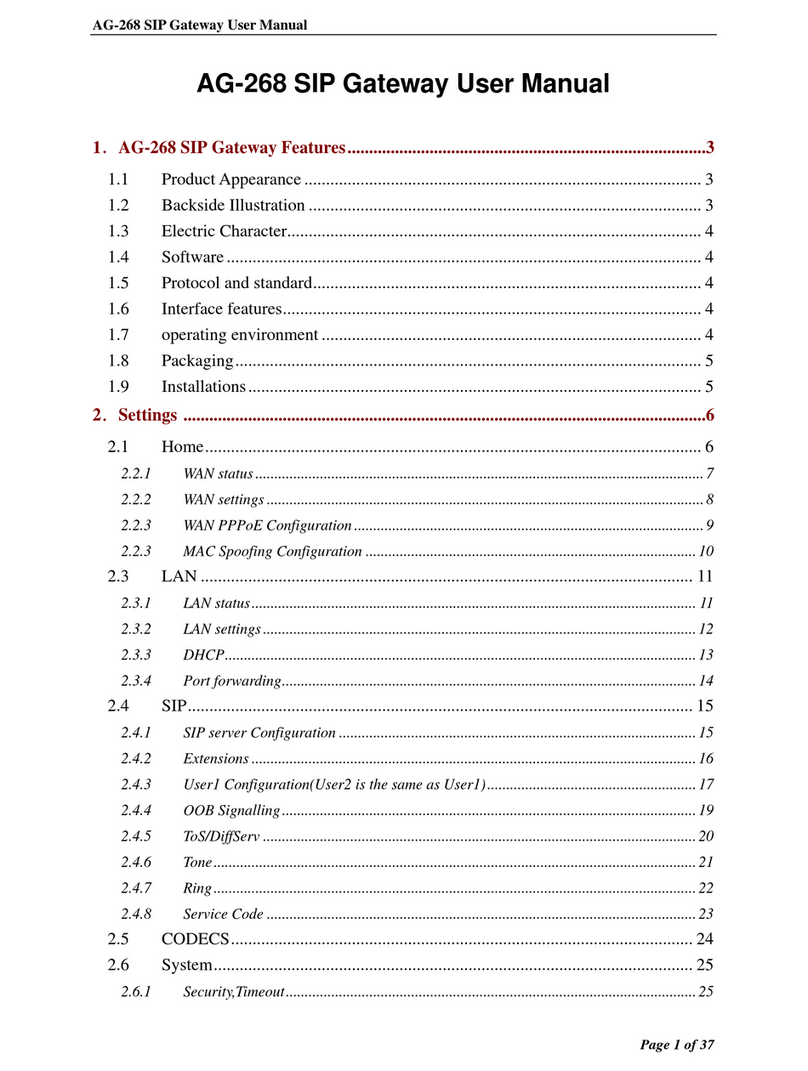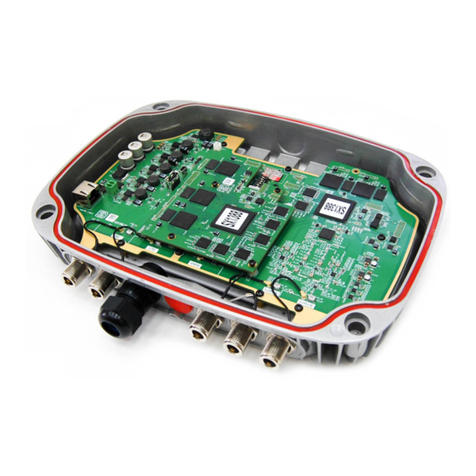JUKI JGW-01 User manual

JGW-01
INSTRUCTION MANUAL

CONTENTS
Introduction......................................................................................................................... 1
1. Specications ................................................................................................................. 2
1-1. IoT Gateway JGW-01 ........................................................................................................... 2
1-2. Specications of the IoT Gateway ..................................................................................... 2
1-3. IoT Gateway interfaces ....................................................................................................... 3
1-4. Precaution about the IoT Gateway wireless communication.......................................... 3
2. Preparation of hardware ................................................................................................ 4
2-1. Required hardware items.................................................................................................... 4
3. Setup................................................................................................................................ 6
3-1. How to install the IoT Gateway to the JUKI sewing machine that supports serial
communications.................................................................................................................. 6
3-2. How to install the IoT Gateway to the sewing machine that does not support serial
communications but incorporates a main shaft rotation sensor ................................... 8
3-3. How to set the WLAN connection ...................................................................................... 9
4. LED indicators and pushbutton.................................................................................. 13
5. Troubleshooting ........................................................................................................... 15
6. Maintenance mode ....................................................................................................... 16
i

– 1 –
Introduction
Congratulations on your purchase of a JUKI product.
This Instruction Manual describes the IoT Gateway JGW-01.
Be sure to read safety precautions for the JGW-01 to fully understand them before putting your product
into use.
Be sure to read this Instruction Manual before use in order to ensure safe use of this product.

– 2 –
1. Specications
The "IoT Gateway JGW-01" (hereinafter referred to as the IoT Gateway) is a WLAN (Wireless Local
Area Network) Gateway for relaying sewing machines and sensors to the production management
system.
It is connected, with cables, to the JUKI sewing machines that support serial communications, sew-
ing machines that do not support serial communication but are equipped with a main-shaft rotation
sensor, and production switches to acquire the sewing-machine operating information.
The sewing machine communicates with the production management system to send operating
information through the IoT Gateway using a WLAN.
The IoT Gateway operates by connecting it to a 12 - 24 VDC power supply.
1-1. IoT Gateway JGW-01
1-2. Specications of the IoT Gateway
Item Specication
Model JGW-01
Name IoT Gateway
Rated voltage 12 - 24 VDC
Rated maximum current 0.5A
Current during normal operation
40 mA (supply voltage 12 V)
25 mA (supply voltage 24 V)
Wireless communication WLAN IEEE 802.11 b/g/n (2.4GHz)
Weight 140 g
Size 74 mm (L) x 93 mm (W) x 22 mm (H) (excluding the cable part)
Operating temperature and hu-
midity range
0°C - 35°C, 90% or less
Storage temperature and humid-
ity range
-15°C - 35°C, 90% or less
Table 1: IoT Gateway JGW-01 specication table

– 3 –
The IoT Gateway has four interfaces such as the power supply jack, serial communication connec-
tor, main shaft rotation sensor connector and switch connector.
・
Power supply jack: Connect the DC power supply for the IoT Gateway to this jack.
・
Serial communication connector: Connect the serial communication connector of the JUKI sew-
ing machine that supports serial communications to this connector.
・
Main shaft rotation sensor connector: Connect the main shaft rotation sensor to this connector in
the case the serial communication connector is not used.
・
Switch connector: Connect the production switch to this connector if necessary.
1-3. IoT Gateway interfaces
Power supply jack
Fig. 1: Conguration of interface connectors of the main body of the IoT Gateway
Serial communication
connector
Main shaft rotation sensor
connector
Switch connector
The IoT Gateway incorporates a WLAN module to emit and receive radio waves through an anten-
na mounted on the PCB. It implements WLAN communication by using 2.4 GHz frequency band
that conforms to the wireless communication standards IEEE 802.11b/11g/11n. Do not use the IoT
Gateway at a location adjacent to a TV or radio if it causes a receiving failure or has an adverse
eect on any other electronic equipment.
・
Precaution about the FCC (Federal Communications Commission)
FCC compliance statement
This device complies with part 15 of the FCC Rules. Operation is subject to the following two condi-
tions:(1)This device may not cause harmful interference, and (2)this device must accept any inter-
ference received, including interference that may cause undesired operation.
1-4. Precaution about the IoT Gateway wireless communication
IoT Gateway

– 4 –
2. Preparation of hardware
Check to make sure that your have the hardware items listed below at hand.
2-1. Required hardware items
● Main body of the IoT Gateway
● Accessories of the IoT Gateway
・
IoT Gateway xing screws (2 pieces)
・
Staples (8 pieces)
・
Cable clip bands (5 pieces)
Those accessories are used for securing the main body of the IoT Gateway and cables.
● Power supply for the IoT Gateway
Prepare the power supply that meets the following specications. It is necessary to select the
equivalent power supply that meets the relevant local safety standards in your country.
Item Specication
Rated voltage 12 - 24 VDC
Rated current 1 A or more
Jack conguration Inner diameter φ2.1, outer diameter φ5.5
Polarity Center positive
Recommended power supply AC adapter GST18A24-P1J (MEAN WELL)
Table 2: Table of power supply specications required for the IoT Gateway
Fig. 2: Illustration of the IoT Gateway main body
Serial communication
connector
Power supply jack
Switch connector
Main shaft rotation sensor
connector

– 5 –
● Junction cable for the serial communication
If you want to connect the IoT Gateway to a JUKI sewing machine that supports serial com-
munications, prepare the below-stated connector conversion junction cable that matches the
sewing machine.
Part number Part name
40231235 COBRA RELAY CABLE MC
40231236 COBRA RELAY CABLE SC
40231237 COBRA RELAY CABLE SC915
40231238 COBRA RELAY CABLE DDL900B
Table 3: Table of junction cable part numbers for the serial communications
● Main shaft rotation sensor
If you want to acquire the operation information from the sewing machine that does not support
serial communications, prepare the main shaft rotation sensor as listed in the table below.
Part number Part name
40242923 ROTATION SENSOR SET
Table 4: Table of part number of the main shaft rotation sensor
● Switches
Refer to the instruction manual for the middleware for connection of production switches such
as the production volume addition switch, production volume reduction switch and maintenance
call switch.
● WLAN access points
Prepare access points that conform to the wireless communications standards IEEE
802.11b/11g/11n.
* Refer to the instruction manual for the main shaft rotation sensor for details of the sensor.

– 6 –
DANGER:
1. To prevent personal injuries caused by electric shock hazards or abrupt start of the
sewing machine, carry out the work after turning OFF the power switch and a lapse of 5
minutes or more.
2. To prevent accidents caused by unaccustomed work or electric shock, request the
electric expert or engineer of our dealers when adjusting the electrical components.
❷
❸
❹
❶❶
3. Setup
3-1. How to install the IoT Gateway to the JUKI sewing machine that supports
serial communications
<Example of installation of the IoT Gateway to the JUKI DDL-9000C sewing machine>
1) Secure main body ❶ of the IoT Gateway with accessory xing screws ❷(two pieces).
2) Secure the cable of main body ❶of the IoT Gateway with accessory staples ❸(three pieces).
● Installing the main body of the IoT Gateway
❶Main body of the IoT Gateway
❷ IoT Gateway xing screws
❸Staples
❹Electrical box of the sewing
machine
Fig. 3: Figure showing how to install the IoT Gateway
to the sewing machine
In order to prevent cable breakage or application of stress to the main body of the IoT
Gateway, secure the cable of the IoT Gateway with the accessory staples and cable clip
bands.

– 7 –
● Connection inside the electrical box of the sewing machine
1) Loosen four setscrews ❷of control box
cover ❶. Remove control box cover ❶.
2) Connect Cobra junction cable SC ❹(JUKI
part number: 40231236) to serial communi-
cation cable ❸of the IoT Gateway.
3) Connect Cobra junction cable SC ❹to the
CN52 located inside the electrical box.
4) Pass serial communication cable ❸through
cord outlet plate ❺as with other cables and
secure with cable clip band ❻.
5) Install control box cover ❶with four set-
screws ❷.
❶
CN52
Fig. 4: Figure showing how to remove the
electrical box cover
❷
Fig. 5: Figure showing connection of the IoT
Gateway to the sewing-machine electrical box
❺
❻
❸❹
For the purpose of preventing the
cord breakage, take care not to allow
the cords to be caught between the
control box and control box cover ❶
when attaching the latter.

– 8 –
3-2. How to install the IoT Gateway to the sewing machine that does not support
serial communications but incorporates a main shaft rotation sensor
● Installing the main body of the IoT Gateway
Refer to 3-1.
● Installing the main shaft rotation sensor
Refer to the instruction manual for main shaft rotation sensor ❷(JUKI part number: 40242923).
● How to connect the main shaft rotation sensor
1) Connect main shaft rotation sensor ❷(JUKI
part number: 40242923) to main shaft ro-
tation sensor connector ❶of the IoT Gate-
way.
2) Attach accessory connector cover ❸to
main shaft rotation sensor connector ❶of
the IoT Gateway cable.
Fig. 6: Figure showing connection of the main
shaft rotation sensor connector
❸
❶
❶
❸
❷
❷
❹
Put connector cover ❸ on the con-
nector connection as shown in
the gure. In this state, secure the
connector connection with cable clip
band ❹ so as to prevent it from being
exposed.
Table of contents
